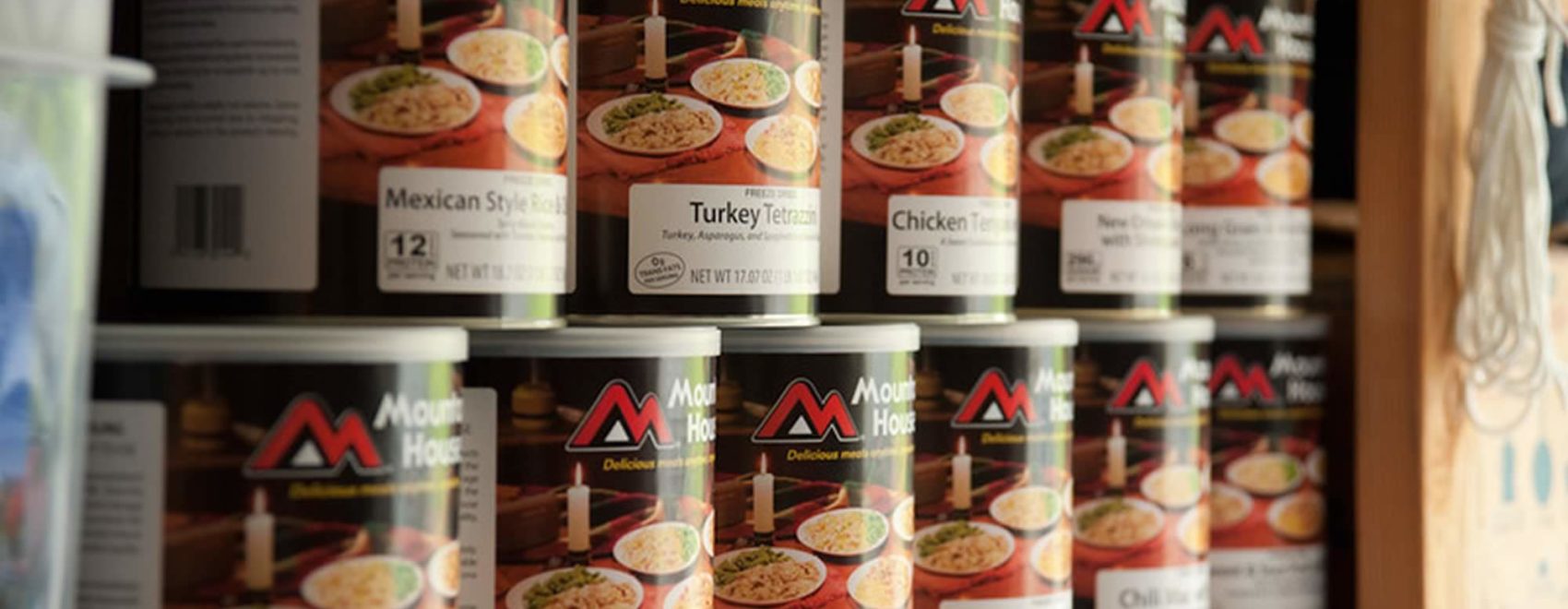How Much Survival Food Storage Do I Need?
Remember, calories are the key to getting the right amount
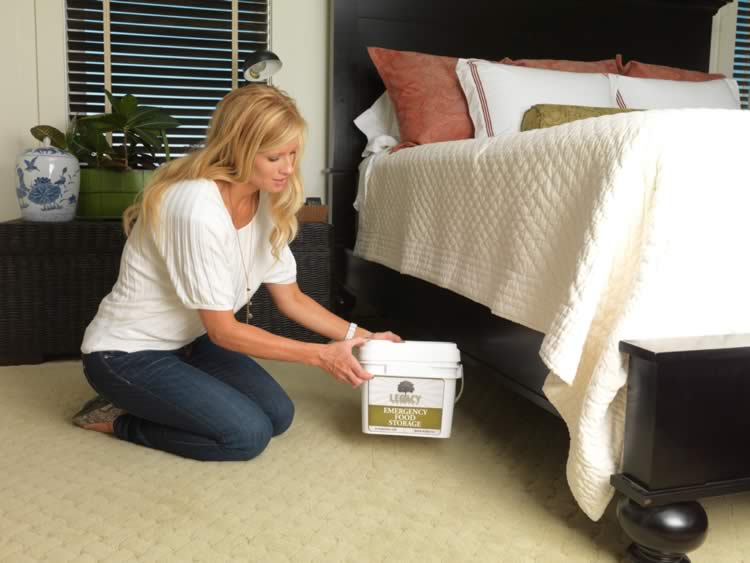
This is usually the first hurdle you have to conquer, and it’s really a gut call. The short answer is: as long as your food supply has a long shelf life, and you are rotating and eating your rotated food, you can never have too much stored food.
Well of course I’m going to say that, I’m in the business of selling long term food storage, right?
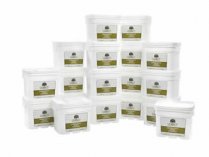
When choosing an emergency food to store, the most important rule to remember is to go by calories, not by “serving.” Emergency food companies have different definitions for what constitutes a serving, and emergency food kits are not one-size-fits-all, even though they may be advertised that way. The first step in establishing a good Survival Food Storage supply is to figure out how many calories you and your family need to survive for the length of time you would like to be supplied for.
Each person’s body has a base amount of calories it requires just to perform basic functions, like pumping blood, breathing, and performing cellular work. Nutrition experts call the amount of calories a body needs to maintain its current condition the basal metabolic rate.
Even if you are not performing any physical activity, your body requires this amount of calories to maintain its current state.
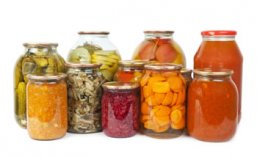
There are many different factors that affect a person’s basal metabolic rate, so it would require a lot of time and testing to determine an exact amount of calories that an individual person would need to survive.
The American Council on Exercise gives a simple formula to calculate roughly how much an average person needs to survive: Adult males should multiply their weight by 12; Adult females should multiply their weight by 11(1).
So if you are an adult female and weigh 140 pounds, your bmr would be roughly 1540 calories per day. Keep in mind that this formula calculates the amount of calories a person would need just to survive in his/her current state while performing no physical labor.
In a true emergency situation, you may have a much greater need for calories because of the extreme physical exertion and high stress that may be involved. The bmr is only a starting point. It is a good idea to gather at least that many calories for the people in your family and then work up from there.
A good goal is to shoot for 2000-2500 calories of Survival Food Storage per person.
Once you figure out how many calories your family will need in a day, you then need to decide how many months’ worth of food you will stock up on. To some extent this time period is dictated by personal preference. Obviously, the longer period of time you are supplied for, the better, but most people can’t afford to go out and buy a year’s worth of food right now.
The best recommendation is to start where you can. Build up a three- month supply first. Once you have this, work up to a six-month supply, then a year. Keep your food storage supply as big as you want it to be to feel safe and able to provide for your own in a disaster.
We recommend that you break your Survival food preps up into three different categories:
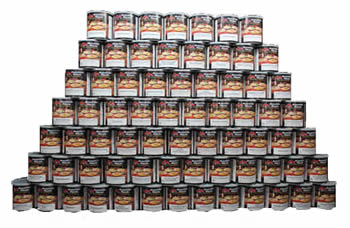
Short Term Food Storage – Regular grocery store food. We suggest that you increase your food budget for the next 6 – 12 months in order to build your usual pantry items (primarily dry and canned goods) up so that they last for at least seven to fourteen days.
Try to store these extra preps in a separate pantry if possible, and then rotate your groceries between the two pantry areas. This way, in short term emergencies your family can continue to eat the same types of foods that they are accustomed to eating.
Medium Term Food Storage – Self Canned food, purchased canned food, and other long shelf life dried goods like pasta, rice, beans etc. We feel that you should have at least 6 months of these types of food preps stored. Medium term food storage should include the same types of foods that your short term food storage has.
Each month you should rotate food from your Medium Term Food Storage pantry to your Short Term Food Storage and replenish those food items that you rotated to your Short Term Food Storage pantry.
Long-Term Food Storage – Freeze dried foods, this is where we come in. The amount of food that you purchase here is directly related to how well you have completed the first two categories. Meaning, if you haven’t put a short and medium term food plan into place yet, then the Long Term Food Storage will have to serve for all three until you can afford the time and money to set your pantries up.
If this is the case, we suggest that you buy as much as your budget allows of long term food storage for each member of your family. This is because you will most likely be depleting your food supply during short term emergencies.
If you do have short and medium term food provisions, we believe that you should have 3 – 6 months of Long Term Food Storage available for long term disasters and bug-out situations. (A bug out situation is when you need to move yourself or your family to a different place due to security or environmental reasons.)
If you and your family are “bugging out,” having the ability to carry a 6 month food supply with you is priceless! We realize that most people who are considering buying Long Term Food Storage are doing so on a budget. This being said, we feel that you should begin by purchasing a small amount of long-term food storage (20 Yr. shelf life or more) for each member of your family.

